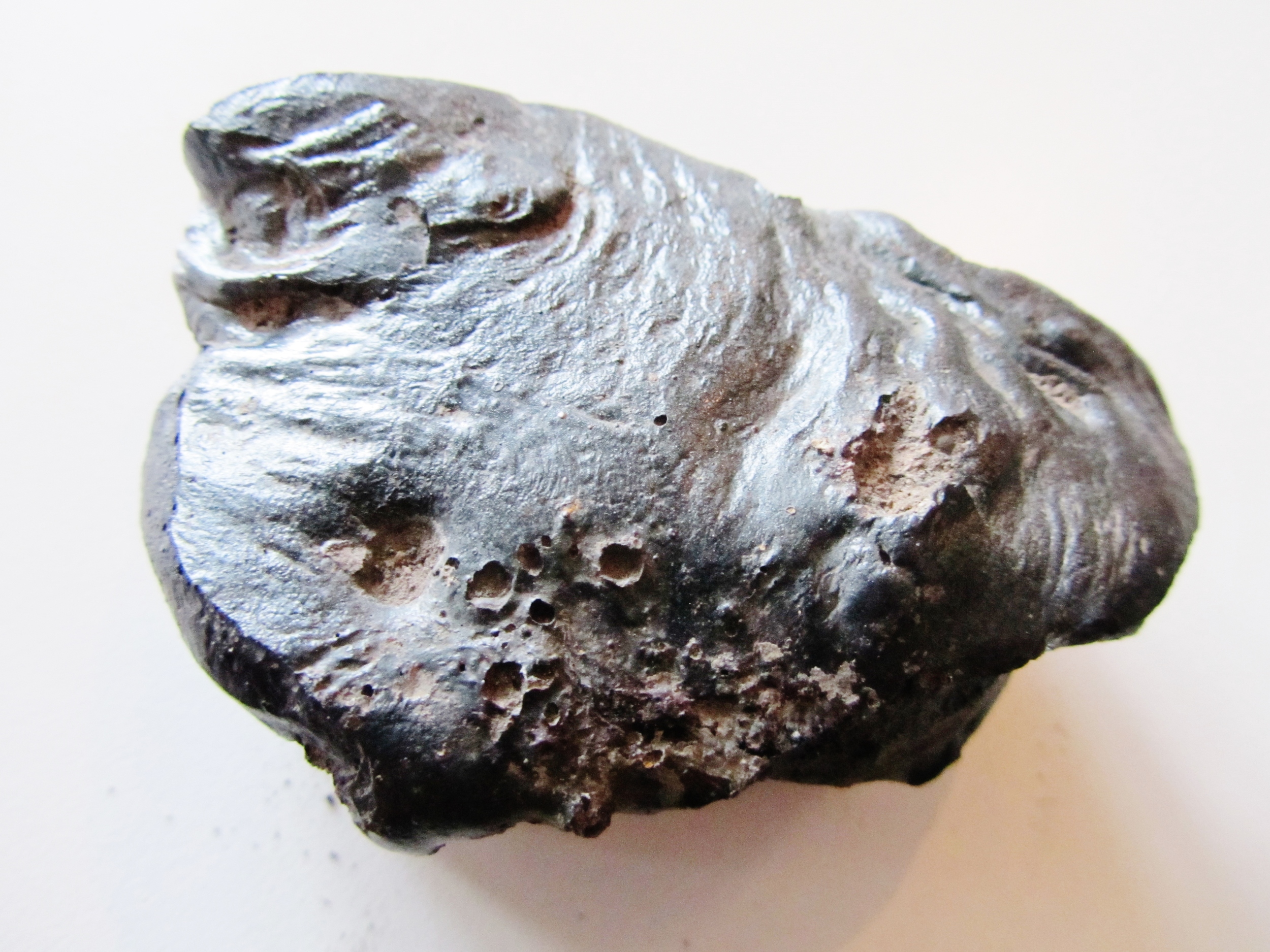Just a few days left to see the amazing work of Bernhard Schobinger at Manchester Art Gallery!
Pearls and saw blades, brought together in a Schobinger ring at Manchester Art Gallery.
The exhibition "Rings of Saturn" curated by Jo Bloxham and Gallery SO finishes on Sunday. Details can be found HERE. Bernhard Schobinger combines exquisite skills and precious materials with unconventional objects collected for their importance to him in his jewellery work.
Bernhard Schobinger rings in Manchester Art Gallery
I find something that sets the artist apart from a more conventional maker is never being able to switch off from your desire to create, seeing "jewellery potential" in objects encountered in all the days of your life. The amazing objects Bernhard Schobinger has gathered mean that so many of his pieces have a story of how that first morsel of inspiration was discovered. Here is a closer look at the fabulous "Lightening Rod Chain" necklace which is in the exhibition.
Bernhard Schobinger, Blitzableiterkette, 1990, necklace, copper, gold fire gilding, patina, rose quartz spheres, gold, stainless steel, photo: Gallery S O
ZAP! A decorative lightening rod finial in an electrified shape!
"An old lightning rod is partially a device to ward off evil, pointing back into a mythical, animistic world." Bernhard Schobinger
Lightening rod components like Bernhard Schobinger collected from a roof for his jewellery.
It seems like Bernhard is fearless in his quest for collecting objects. The lightning conducter components for his necklace he actually rescued from the roof of a building about to be torn down. You could consider them jewels worn by the building itself. Although they had a practical purpose being made from a material with properties that would assist with the safety of a building if it should happen to be struck, the rods and finials are also beautiful objects, made by skilled craftsmen so that many are collected and highly valued.
ASSEMBLED COLLECTION OF LIGHTNING ROD FINIALS, CA 1860-1920: Courtesy of Jeff Bridgeman
This necklace reminded me of something I learned about kerauni or "Thunder Stones". In studying early cultures an aspect I have enjoyed learning about was the history of the discovery of their objects in relation to our own knowledge and how our it has changed as we studied and learned more. Stone age arrow and axe heads were mysteries for a long time. Before we had any idea of the existence of Lithic culture, when these unusually shaped objects made from rocks were dug up by farmers they knew they had obviously been around for a very long time but without a notion of early cultures we created our own explanation for them. With a defined shape, as if crafted by a skilled hand but emerging from under the earth, we knew they were special but we didn't know why. This is why they were often interpreted as "Thunder Stones". the explanation for their existence was that they fell from the sky, created in terrific storms. With no understanding of science, it was mythology and superstition that reassured us lightening wouldn't strike twice. This made these prized objects, and we now believe they were placed on the roofs of homes to protect them from being struck in a thunderstorm (our understanding of these stone age finds only changed much later after travelers could see these kinds of tools being used by distant tribes still utilising this technology from our pre-history).
"Thunderstones" Pre-historic axe-heads and arrowheads, once thought to be fossilised thunderbolts!
I love this idea of knowing an object is special but not knowing it's original purpose, and cherishing it as a precious thing. It is what a lot of jewellery is about, wearing these about your person to protect, decorate and dream about.
There were many other beliefs all over the world and throughout history about these objects. If I believed in reincarnation I may well have requested some time spent as a Thunder Stone in Scandinavia. These were worshipped as sacred objects or Gods and lavished with offerings, being poured over with beer and annointed with butter (sounds a bit like an 18-30s).
Although these may seem unusual some to be used in a piece of jewellery, by interpreting these ancient Thunder Stones or using real lightening rods would make sense as the best gift from a partner to show a union between them. If lightening doesn't strike the same place twice, if given to the wearer it would protect them from being love struck by someone else...
Bernhard Schobinger Rings of Saturn finishes this Sunday! Visit this exhibition on this fantastic jewellery artist while you can and prepare to be amazed by jewels which are not always what they seem. We are very lucky to have this work in Manchester!!!
Here's a little more about Thunder Stones on Manchester Museum's Blog.
































































